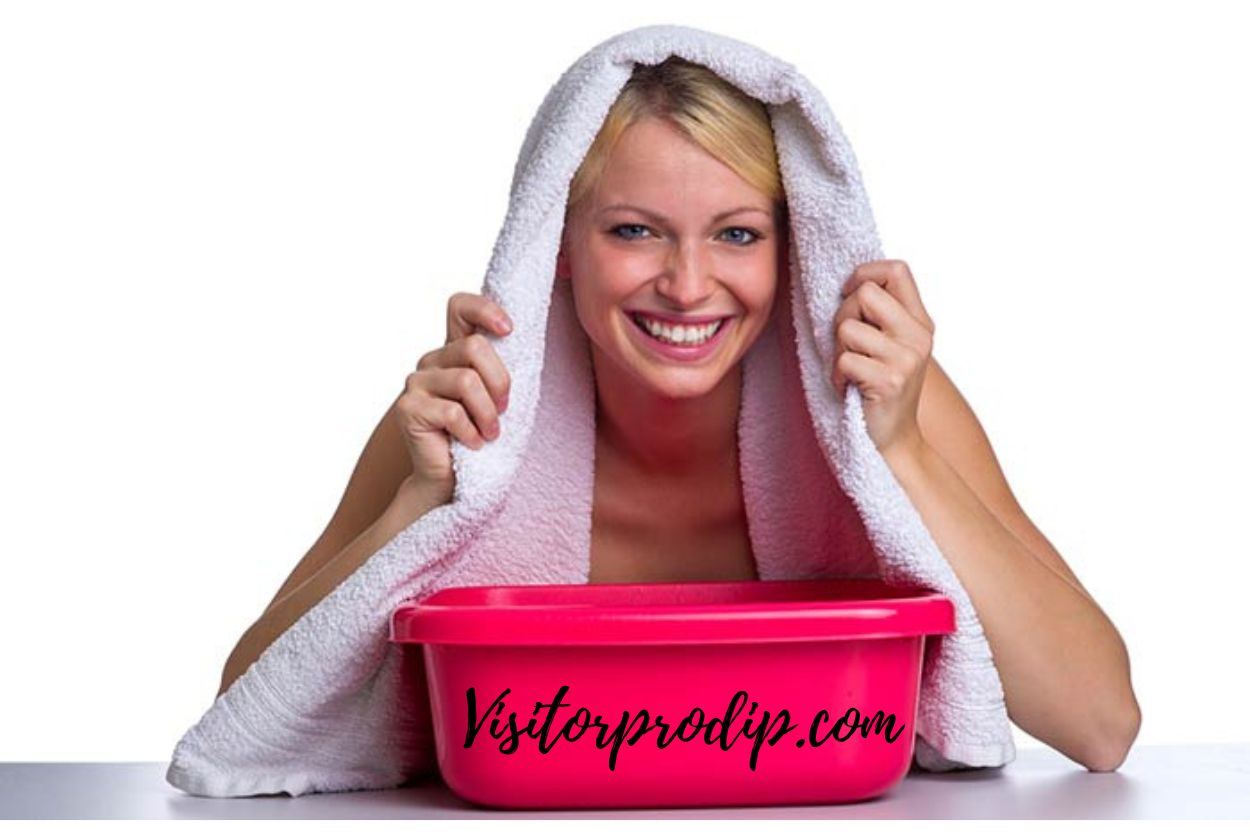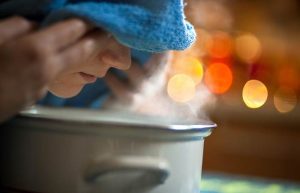The 15 most common blogging mistakes that drive away visitors
Are you struggling with acne and frustrated with the lack of results from creams and ointments? The problem might lie in your clogged pores, which prevent the products from reaching the deeper layers of your skin. But don’t worry, there’s a simple and effective way to treat acne at home: Facial Steam.
Facial steaming helps to open up your pores, allowing for better absorption of serums, ointments, and acne medication. While you might usually go to a salon for a facial, now is the perfect time to learn how to do facial steaming for acne at home. With acne-prone skin, you’ll benefit from reduced exposure to dust, bacteria, and pollution while staying indoors. So let’s dive into the benefits and step-by-step guide of facial steaming for acne.
Benefits of Facial Steaming for Acne
Before we delve into the process of facial steaming, let’s explore the amazing benefits it offers for acne-prone skin:
- Improved Blood Circulation: Facial steaming causes the skin to sweat, leading to increased blood flow to the face and neck region. This improved circulation brings oxygen and nutrients to the skin, resulting in a healthy, dewy glow.
- Hydrated Skin: If you have dry and acne-prone skin, facial steaming can work wonders. It opens up your pores, allowing natural oils to be released, which moisturize and hydrate your skin.
- Deep Cleansing: Steam helps to open up the pores, enabling the removal of dirt, bacteria, and excess sebum that cause acne. It also softens the skin, making it easier to remove blackheads and whiteheads.
- Collagen Boost: Facial steaming not only treats acne but also stimulates collagen production. Increased blood circulation and oxygen supply to the skin contribute to firmer, more elastic skin with reduced fine lines and wrinkles.
- Enhanced Permeability: Tight or clogged skin makes it difficult for acne medication, ointments, and serums to penetrate deeply. Facial steaming improves the permeability of the skin, making it easier for these products to be absorbed.
- Relaxation and Mood Improvement: Pampering yourself with a steam facial at home can be a relaxing and mood-enhancing experience. Create a spa-like ambiance with scented candles, essential oils, and soothing music to fully enjoy the self-care session.

A Step-by-Step Guide To Using Facial Steam For Acne
How to Do Facial Steaming for Acne at Home
Now that you’re aware of the benefits, let’s learn how to do facial steaming for acne at home.
1. Using a Bucket/Boiler
If you don’t have a facial steamer, you can easily use a bucket or boiler to create steam for your facial:
- Fill a bucket with hot water or pour water into a boiler and turn on the heat.
- Add a few drops of essential oil, such as peppermint, lemongrass, or lavender, to the water.
- Once bubbles start to form, carefully cover your head with a towel and position your face towards the steam. This ensures that the steam is directed towards your face and not escaping into the air.
- Take in the steam for 8-10 minutes, being cautious not to overexpose your skin.

- Allow your skin to air-dry after steaming.
2. Using a Towel
If you prefer a simpler method, you can use a towel for facial steaming:
- Fill a bucket with hot water.
- Place a clean face towel in the water, squeezing and twisting it until it’s dry.
- Place the warm towel on your face, ensuring it covers your entire face.
- Leave the towel on for 8-10 minutes.
- Pat your face dry with a clean, dry towel.
3. Using a Steamer
If you have a facial steamer at home, it’s time to put it to good use:
- Pour water into the steamer and add a few drops of essential oil.
- Put the lid back on and turn on the steamer. It may take 10-20 seconds for the steam to start coming out.
- Tie your hair up and cover your head with a towel, just like you would with a bucket or boiler method.
- Take in the steam for 2-3 minutes, taking mini breaks if it gets too hot or your skin feels uncomfortable.
- Pat your skin dry with a towel and apply ointments, sheet masks, or acne medicated creams.
Remember, it’s important to be cautious when using tools to remove blackheads and whiteheads. Ensure they are sterilized and use them with care to avoid damaging your skin.
FAQs about Facial Steaming for Acne
- How often should I do facial steaming if I have acne?
- For acne-prone skin, it is recommended to do a steam facial twice a week. As your skin improves, you can reduce the frequency to once a week.
- What essential oils should I use for facial steaming for acne-prone skin?
- Essential oils made from tea tree and rosemary are particularly beneficial for acne-prone skin. Jasmine and rose essential oils are also great for keeping the skin hydrated and clean.
- Is facial steaming good for the skin?
- Yes, facial steaming is an excellent way to detoxify and cleanse the skin. It helps to remove dirt, bacteria, and oil trapped in the pores, while also moisturizing the skin through the release of natural oils. Additional benefits include improved blood circulation and a relaxed and happy mood.
- How can I close my pores after facial steaming?
- To close your pores after facial steaming, you can either wipe them with a lukewarm, damp washcloth or splash cool water on your face. This step is crucial to prevent dirt and bacteria from entering your clean pores.
- Can steam cause breakouts on the skin?
- While facial steaming can help with acne, it’s important not to overdo it or expose your pores to excessively hot steam. Too much steam can lead to more acne, inflammation, and redness.
With this comprehensive guide to facial steaming for acne-prone skin, you now have the knowledge and tools to achieve clearer, healthier skin from the comfort of your own home. Embrace self-care and make facial steaming a part of your skincare routine. Your skin will thank you!
Disclaimer: The information provided in this article is for educational purposes only and should not be considered as professional medical advice. Please consult with a dermatologist or healthcare professional before starting any skincare regimen or using new products.











